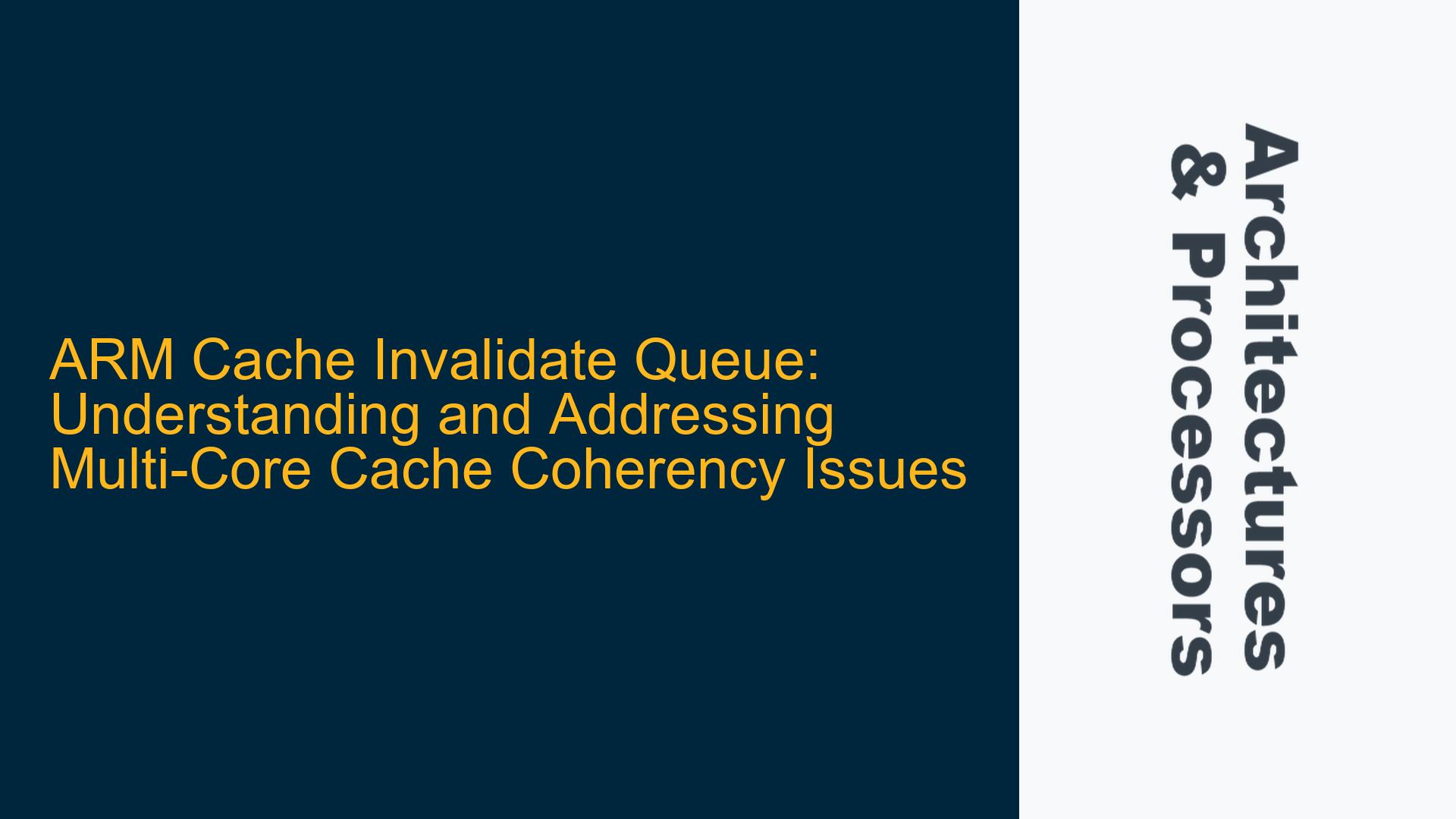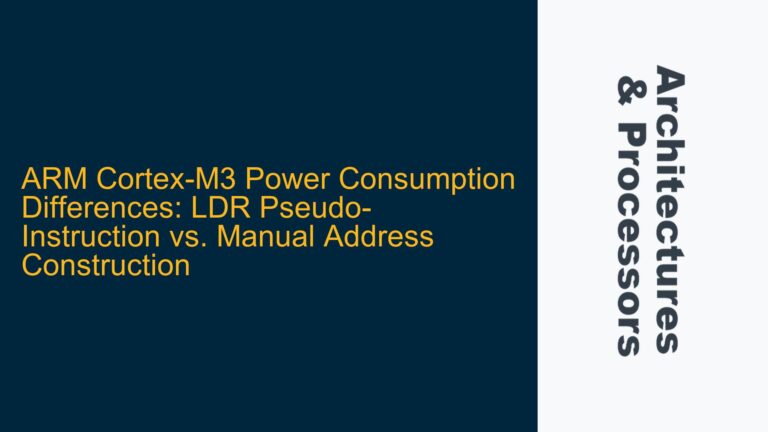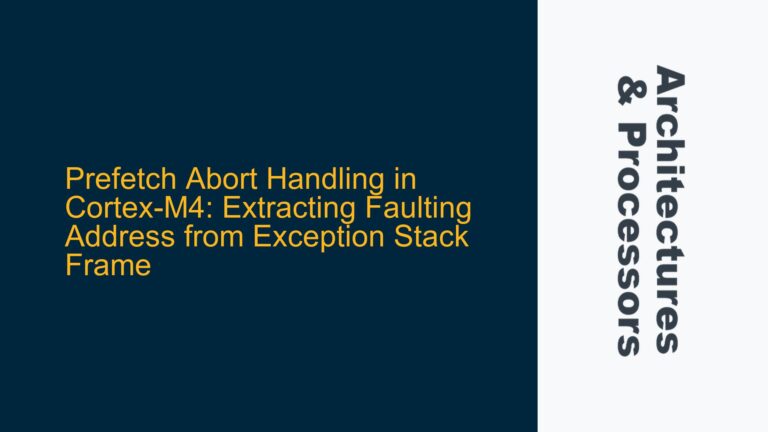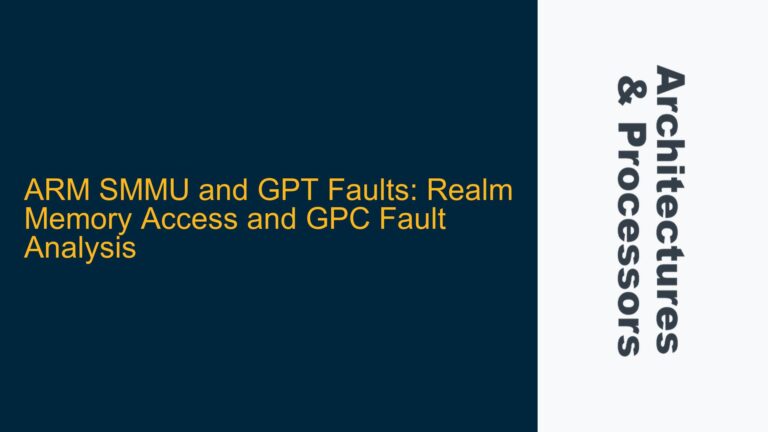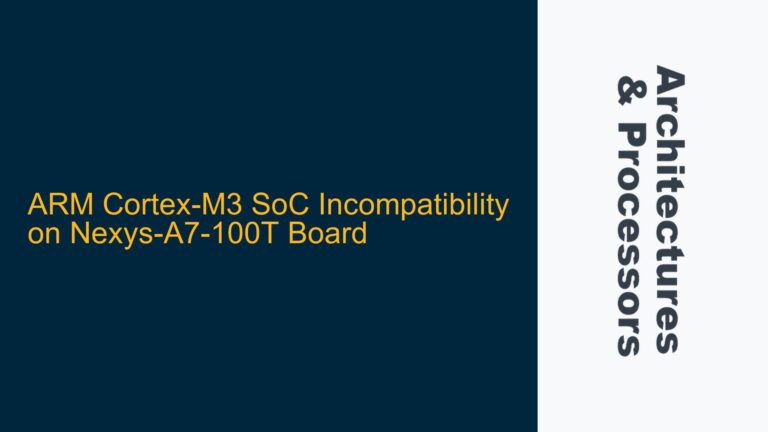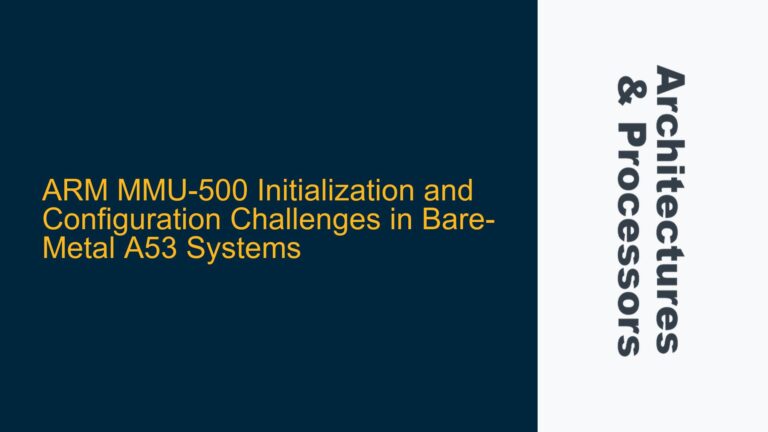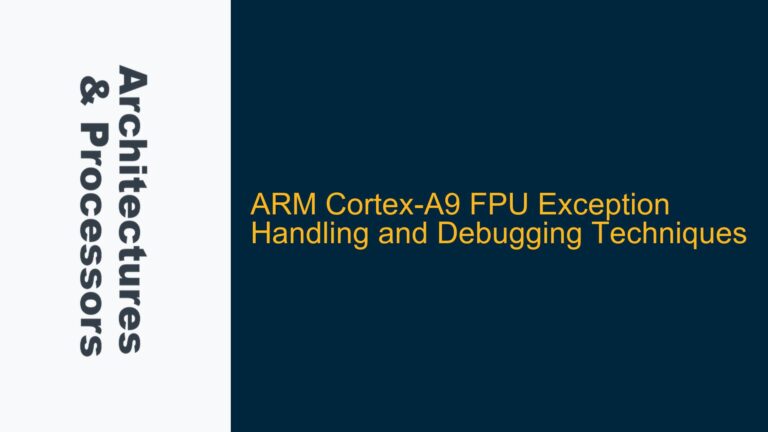ARM Cache Invalidate Queue: A Hidden Mechanism in Multi-Core Systems
In multi-core ARM systems, cache coherency is a critical aspect of ensuring that all cores have a consistent view of memory. One of the lesser-discussed mechanisms that play a role in maintaining this coherency is the "invalidate queue." The invalidate queue is a hardware structure that allows a core to quickly acknowledge cache invalidate requests without immediately performing the invalidation. This mechanism is particularly important in multi-core systems where multiple cores may be accessing and modifying the same memory locations simultaneously.
The invalidate queue works by temporarily holding invalidate requests and acknowledging them to the requesting core, while the actual invalidation of the cache line is deferred. This allows the core to continue executing instructions without waiting for the cache invalidation to complete, thereby improving performance. However, this deferred invalidation can lead to subtle issues if not properly managed, especially in systems where strict cache coherency is required.
Despite its importance, the invalidate queue is not explicitly documented in many ARM Technical Reference Manuals (TRMs). This lack of documentation can make it challenging for developers to understand and address issues related to cache coherency in multi-core ARM systems. The absence of explicit documentation does not mean that the invalidate queue does not exist; rather, it is often implied or hidden within the broader discussion of cache coherency mechanisms.
In the context of ARM architectures, the invalidate queue is closely related to the concept of "cache maintenance operations" and "memory barriers." Cache maintenance operations, such as cache invalidate, clean, and clean-and-invalidate, are used to manage the contents of the cache. Memory barriers, on the other hand, are used to enforce ordering constraints on memory operations, ensuring that certain operations are completed before others begin. The invalidate queue interacts with both of these mechanisms, and understanding this interaction is key to diagnosing and resolving cache coherency issues.
Memory Barrier Omission and Cache Invalidation Timing
One of the primary causes of cache coherency issues in multi-core ARM systems is the omission of memory barriers or the incorrect timing of cache invalidation operations. When a core issues a cache invalidate request, the request is placed in the invalidate queue, and the core continues executing instructions. If a memory barrier is not used to ensure that the invalidate operation is completed before subsequent memory operations, the core may end up accessing stale data from the cache.
The timing of cache invalidation operations is also critical. If a core invalidates a cache line too early or too late, it may result in inconsistent memory views across cores. For example, if Core A modifies a memory location and then invalidates the corresponding cache line, Core B may still have a stale copy of the cache line in its own cache. If Core B accesses the memory location before the invalidate operation is completed, it will read the stale data, leading to incorrect behavior.
Another potential cause of cache coherency issues is the interaction between the invalidate queue and other cache coherency mechanisms, such as the cache coherency protocol (e.g., MESI, MOESI). In a multi-core system, each core typically has its own cache, and the caches are kept coherent using a cache coherency protocol. The invalidate queue interacts with this protocol by deferring the actual invalidation of cache lines, which can lead to situations where the protocol’s state does not accurately reflect the state of the cache.
For example, consider a scenario where Core A modifies a memory location and issues a cache invalidate request. The request is placed in the invalidate queue, and Core A continues executing instructions. Meanwhile, Core B, which also has a copy of the cache line, may still see the line as valid in its cache. If Core B attempts to access the memory location before the invalidate operation is completed, it will read the stale data, even though the cache coherency protocol may indicate that the line is invalid.
Implementing Data Synchronization Barriers and Cache Management
To address cache coherency issues related to the invalidate queue, developers must carefully implement data synchronization barriers and cache management operations. Data synchronization barriers (DSBs) are used to ensure that all outstanding memory operations, including cache maintenance operations, are completed before proceeding. In the context of the invalidate queue, a DSB can be used to ensure that all invalidate requests in the queue are completed before the core continues executing instructions.
For example, consider the following sequence of operations:
- Core A modifies a memory location.
- Core A issues a cache invalidate request for the corresponding cache line.
- Core A executes a DSB to ensure that the invalidate operation is completed.
- Core A continues executing instructions.
By inserting a DSB after the cache invalidate request, Core A ensures that the invalidate operation is completed before any subsequent memory operations are performed. This prevents Core A from accessing stale data from the cache.
In addition to using DSBs, developers must also carefully manage cache maintenance operations. For example, when invalidating a cache line, it is important to ensure that the invalidation is performed at the correct time relative to other memory operations. This may involve using other types of memory barriers, such as Data Memory Barriers (DMBs), to enforce ordering constraints.
For example, consider the following sequence of operations:
- Core A modifies a memory location.
- Core A issues a cache invalidate request for the corresponding cache line.
- Core A executes a DMB to ensure that the modification and invalidate operations are completed in the correct order.
- Core A continues executing instructions.
By using a DMB, Core A ensures that the modification and invalidate operations are completed in the correct order, preventing other cores from accessing stale data.
In some cases, it may also be necessary to use cache clean operations in conjunction with invalidate operations. For example, if Core A modifies a memory location and then wants to ensure that the modification is visible to other cores, it may need to perform a cache clean operation before invalidating the cache line. This ensures that the modified data is written back to main memory before the cache line is invalidated.
For example, consider the following sequence of operations:
- Core A modifies a memory location.
- Core A issues a cache clean request for the corresponding cache line.
- Core A executes a DSB to ensure that the clean operation is completed.
- Core A issues a cache invalidate request for the corresponding cache line.
- Core A executes a DSB to ensure that the invalidate operation is completed.
- Core A continues executing instructions.
By performing a cache clean operation before invalidating the cache line, Core A ensures that the modified data is written back to main memory, making it visible to other cores.
In conclusion, the invalidate queue is a critical but often overlooked mechanism in multi-core ARM systems. Understanding how the invalidate queue interacts with cache maintenance operations and memory barriers is key to diagnosing and resolving cache coherency issues. By carefully implementing data synchronization barriers and cache management operations, developers can ensure that their systems maintain strict cache coherency and avoid subtle issues related to the invalidate queue.
